Research
My research focuses on developing and applying computational methods at the intersection of astrophysics, cosmology, and machine learning. The work spans foundation models for scientific applications, advanced ML techniques for astronomical data analysis, cosmic structure investigation, and statistical inference methods.
Disclaimer: This section is automatically updated by Reasoning Language Models. Google Gemini is utilized to periodically go over my recent publications, talks and activities to update the content. While the information is monitored, at times incorrect information may appear.
Foundation Models for Science
Research on Foundation Models (FMs) for Science develops domain-specialized AI to accelerate discovery. Methods involve training large language models (LLMs) and multi-modal FMs on vast scientific datasets—cosmological simulations, observations, expert literature—enabling tasks like spectroscopy interpretation. Models, from efficient 8B to advanced 70B parameters, achieve benchmark-topping performance in scientific Q&A and reasoning. Robust methodologies evaluate their efficacy as scientific research assistants. The impact is profound: transforming complex data analysis, providing intelligent scientific interpretation, and offering powerful, specialized AI assistants for tackling sophisticated scientific challenges, accelerating research.
Learn more about this research →
Learn more about this research →
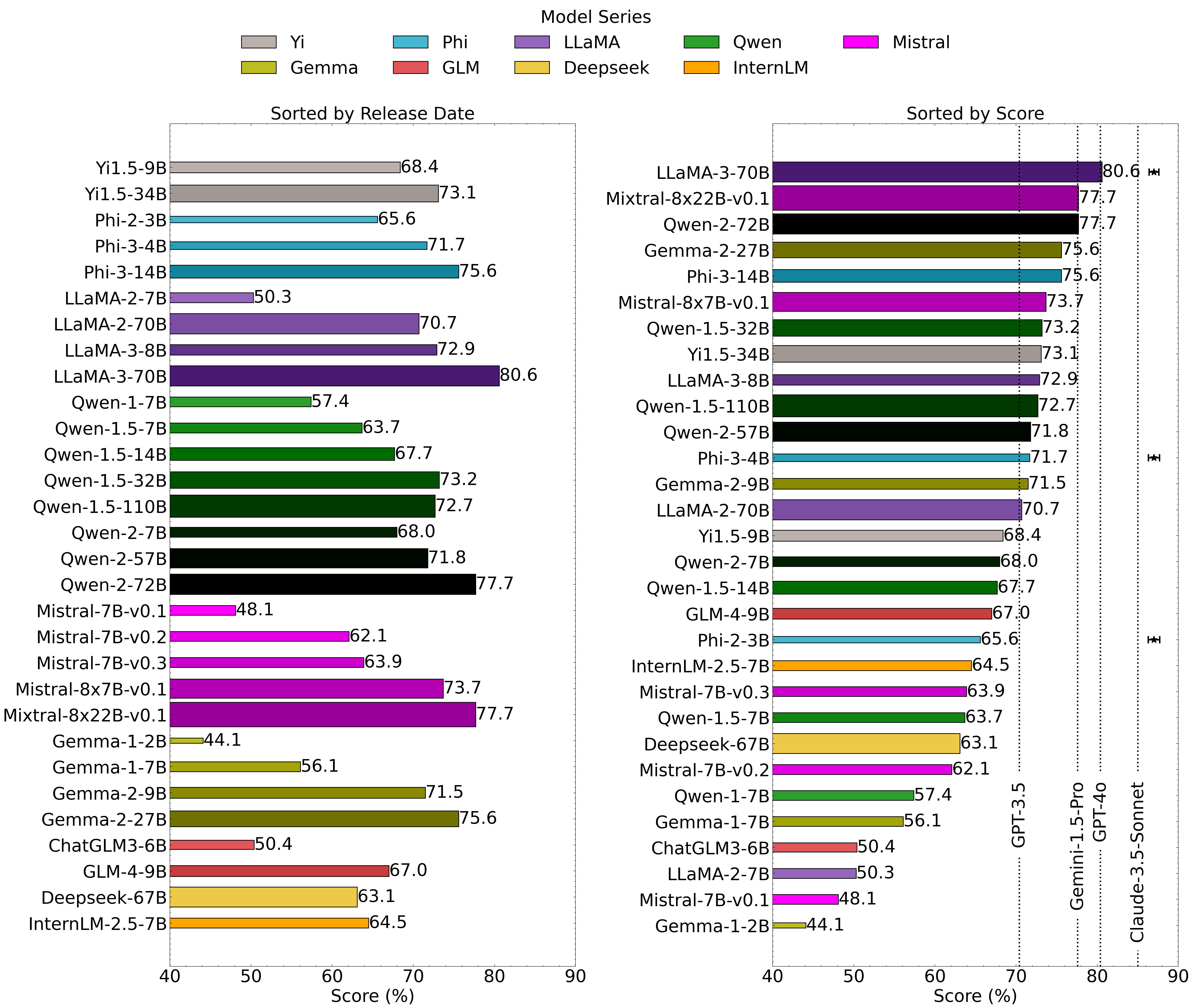
From: AstroMLab 1: Who Wins Astronomy Jeopardy!?
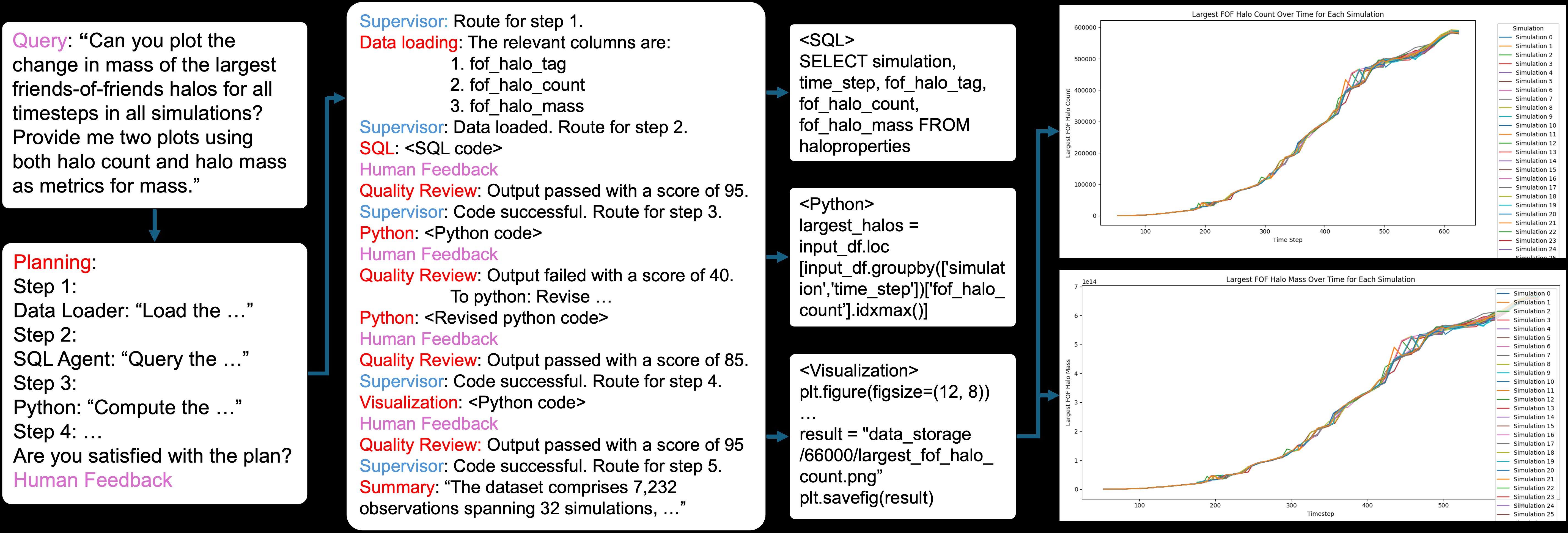
From: InferA: A Smart Assistant for Cosmological Ensemble Data
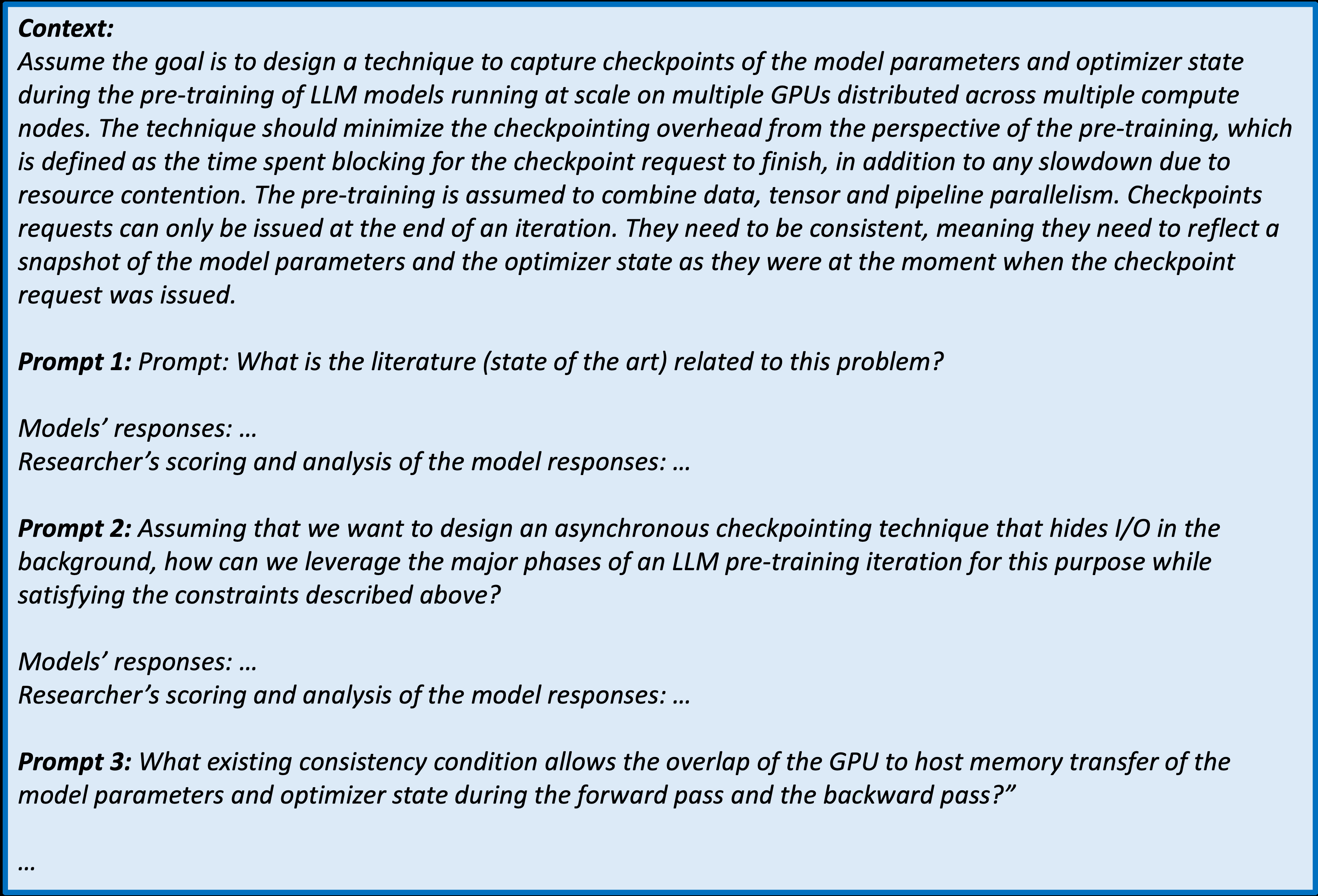
From: EAIRA: Establishing a Methodology for Evaluating AI Models as Scientific Research Assistants
7 Publications 4 Figures Available
Machine Learning for Scientific Applications
Machine learning is revolutionizing scientific research, particularly in astrophysics and materials science. Deep learning, including generative adversarial networks and neural networks, enables critical tasks such as astronomical image deconvolution, anomaly detection in galaxy images, and novel galaxy morphology classification using unsupervised methods. These techniques also facilitate the detection and modeling of gravitational lenses, and the estimation of peculiar velocities. Beyond image analysis, ML is applied to reconstruct global fields from sparse sensors and model high-dimensional stress fields through probabilistic and automated frameworks. A key focus involves benchmarking AI-evolved cosmological structure formation and enhancing model interpretability via disentangled latent spaces, ensuring robust and understandable scientific discovery across diverse datasets.
Learn more about this research →
Learn more about this research →
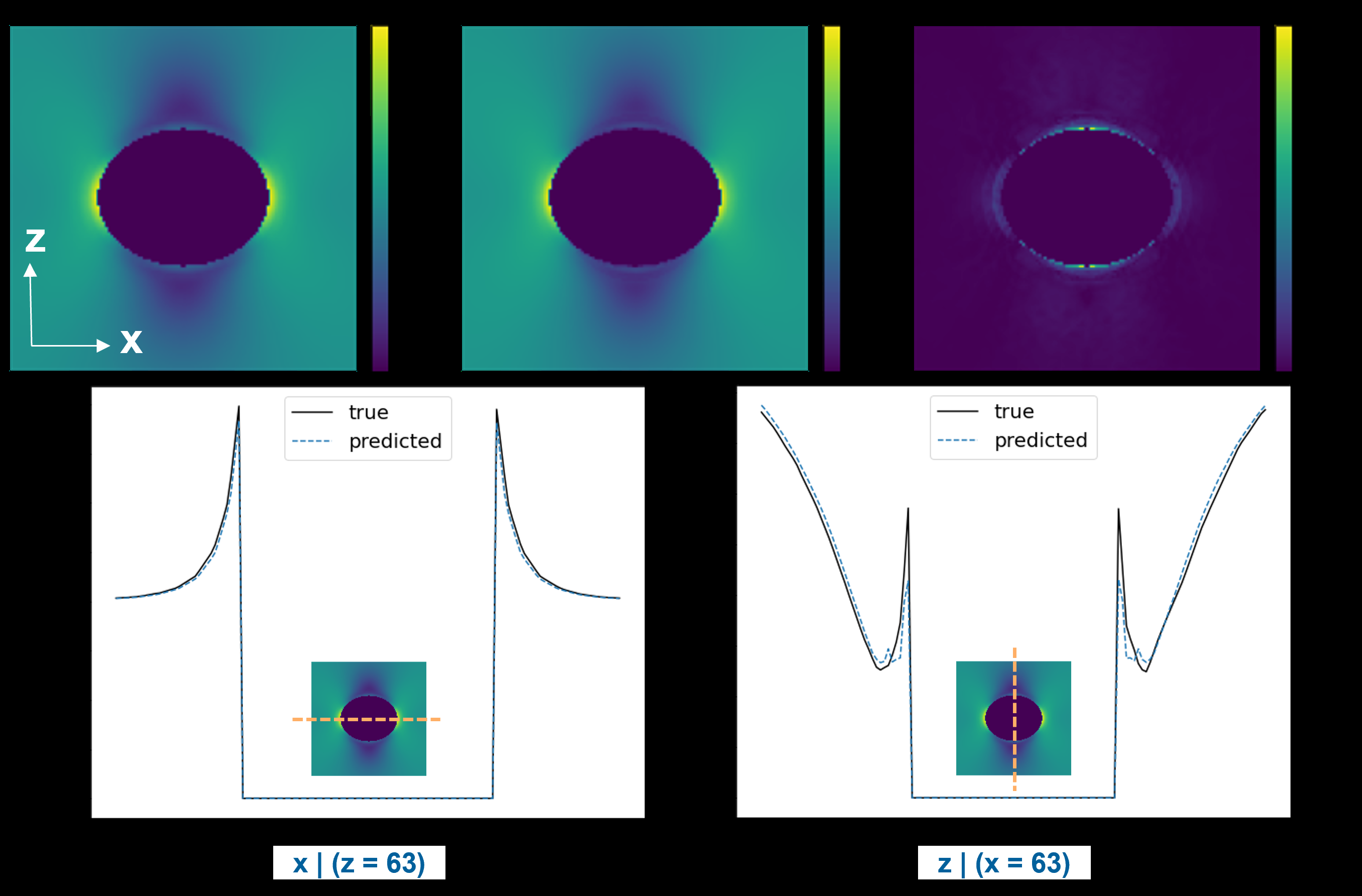
From: Application of probabilistic modeling and automated machine learning framework for high-dimensional stress field
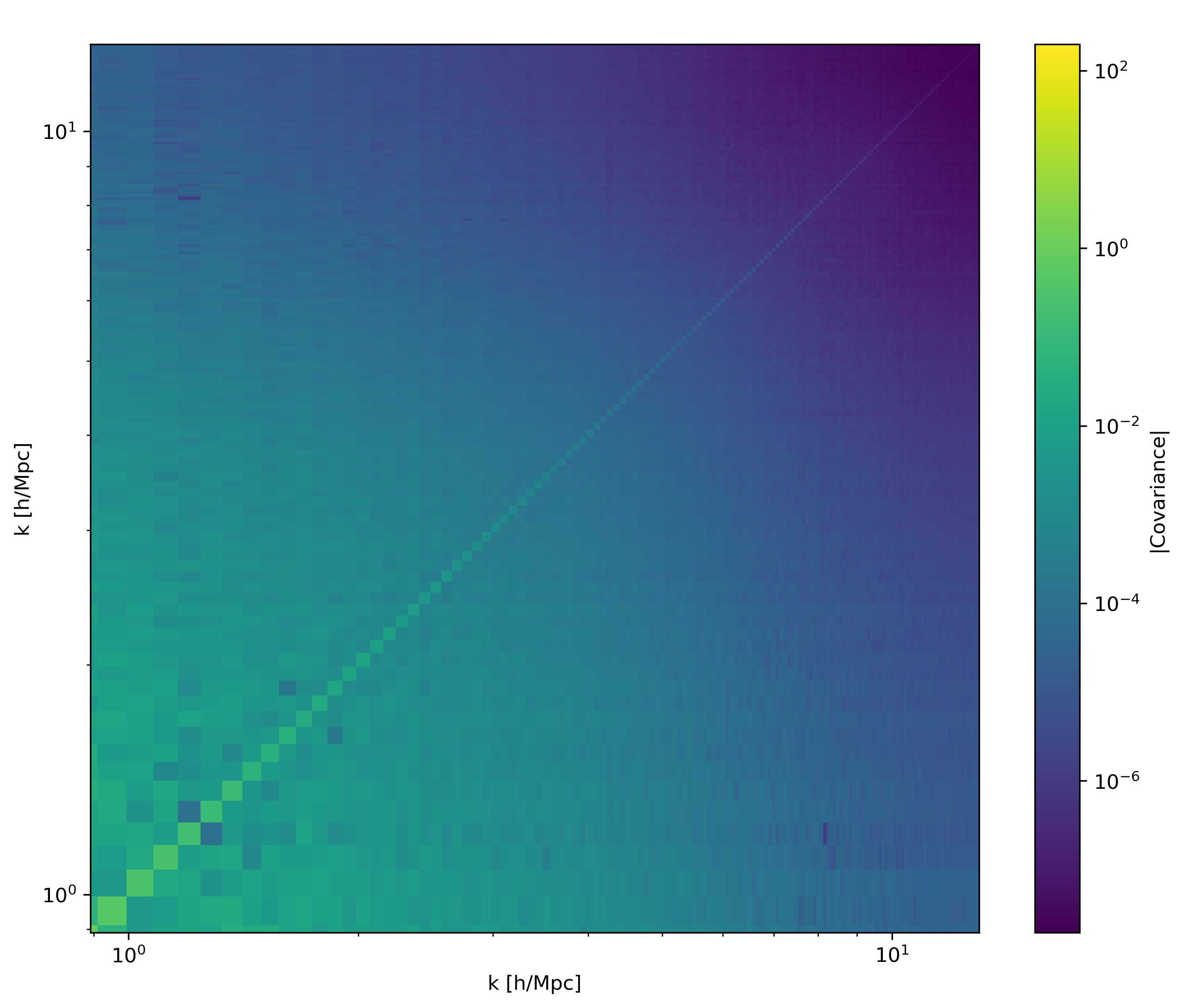
From: Benchmarking AI-evolved cosmological structure formation
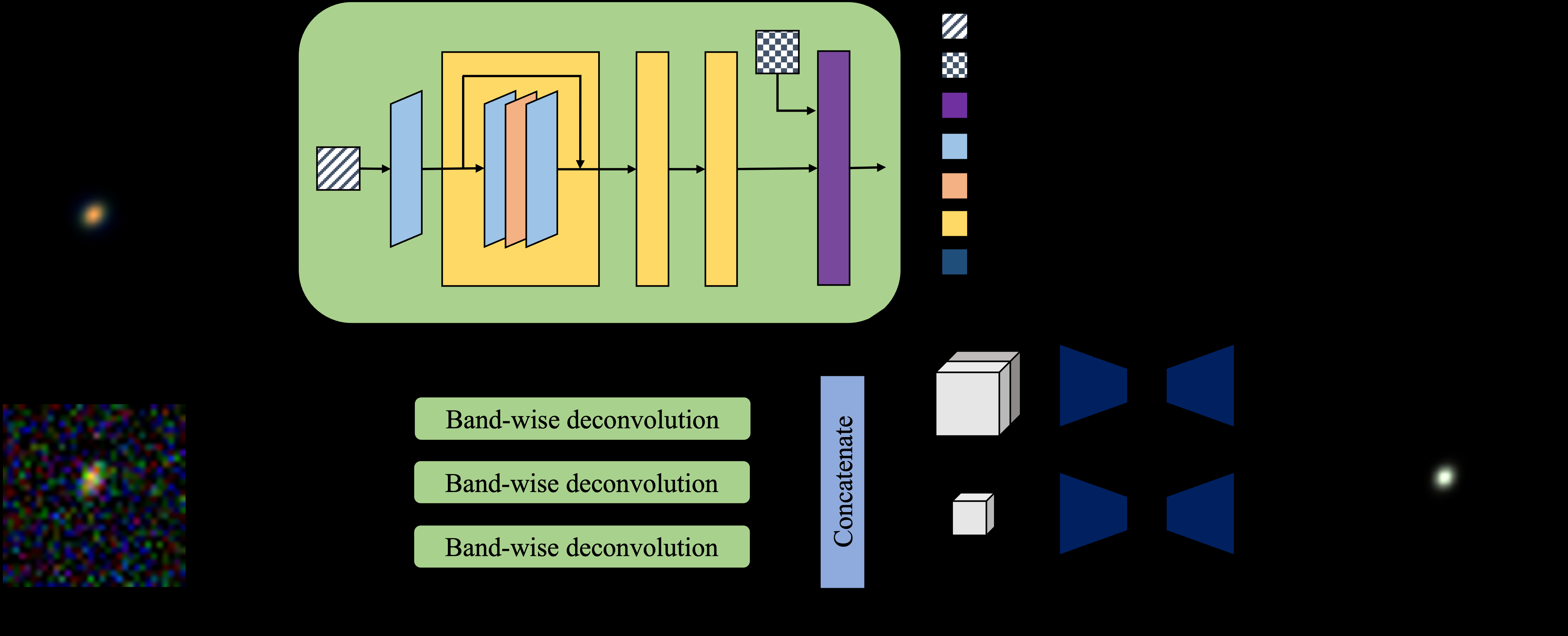
From: Neural Network Based Point Spread Function Deconvolution For Astronomical Applications
11 Publications 11 Figures Available
Dark Matter, Cosmology & Astrophysics
Recent astrophysical research employs diverse methods to probe the universe. N-body and hydrodynamical simulations unveil the intricate multi-stream dynamics, caustics, topology, and geometry of the Dark Matter Cosmic Web and halo formation. Large-scale observational surveys, including cosmic shear analyses (e.g., HSC) and galaxy cluster detections (e.g., SPTpol), constrain modified gravity theories and cosmological parameters. Stellar archaeology, using photometric and spectroscopic data (e.g., Gaia Red Clump and metal-poor stars), maps galactic structures and traces early chemical enrichment. Future missions like SPHEREx promise further insights. Collectively, this work deepens our understanding of dark matter, cosmic evolution, and galaxy formation.
Learn more about this research →
Learn more about this research →
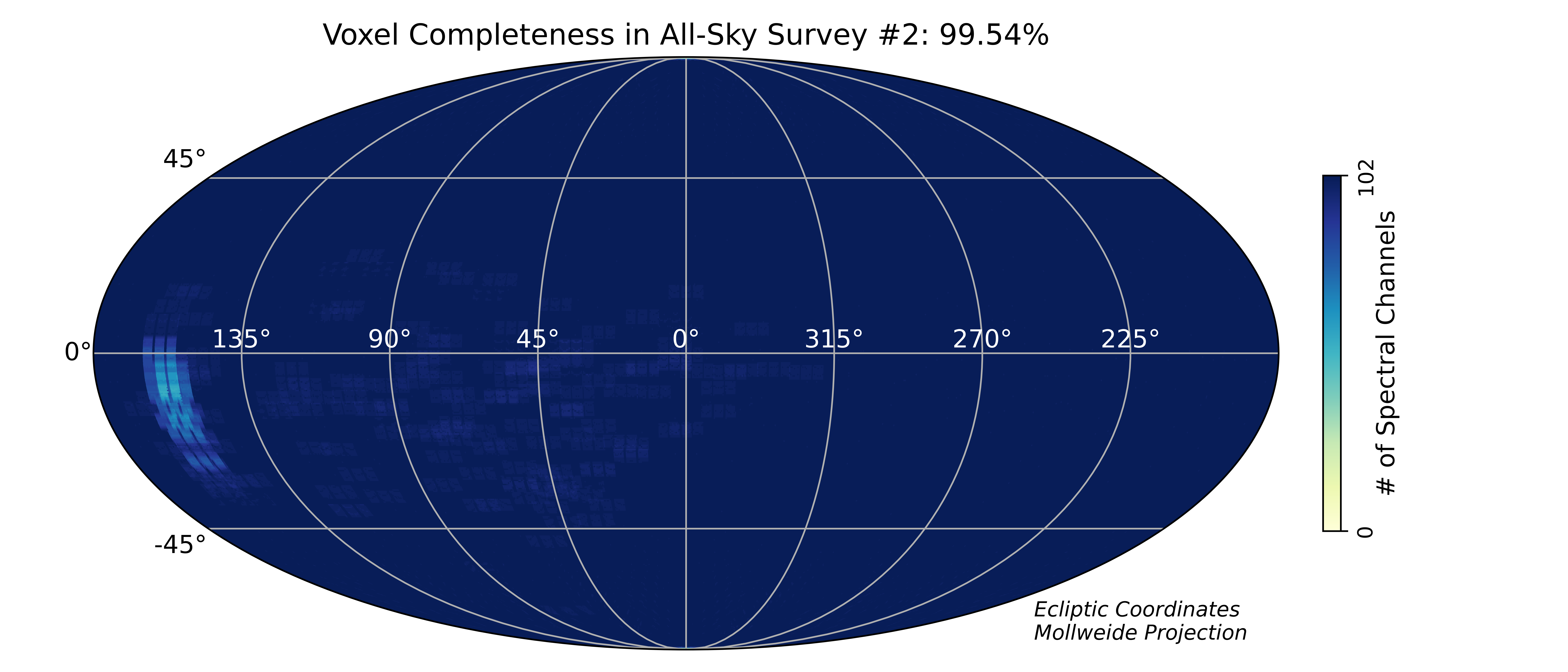
From: The SPHEREx Satellite Mission
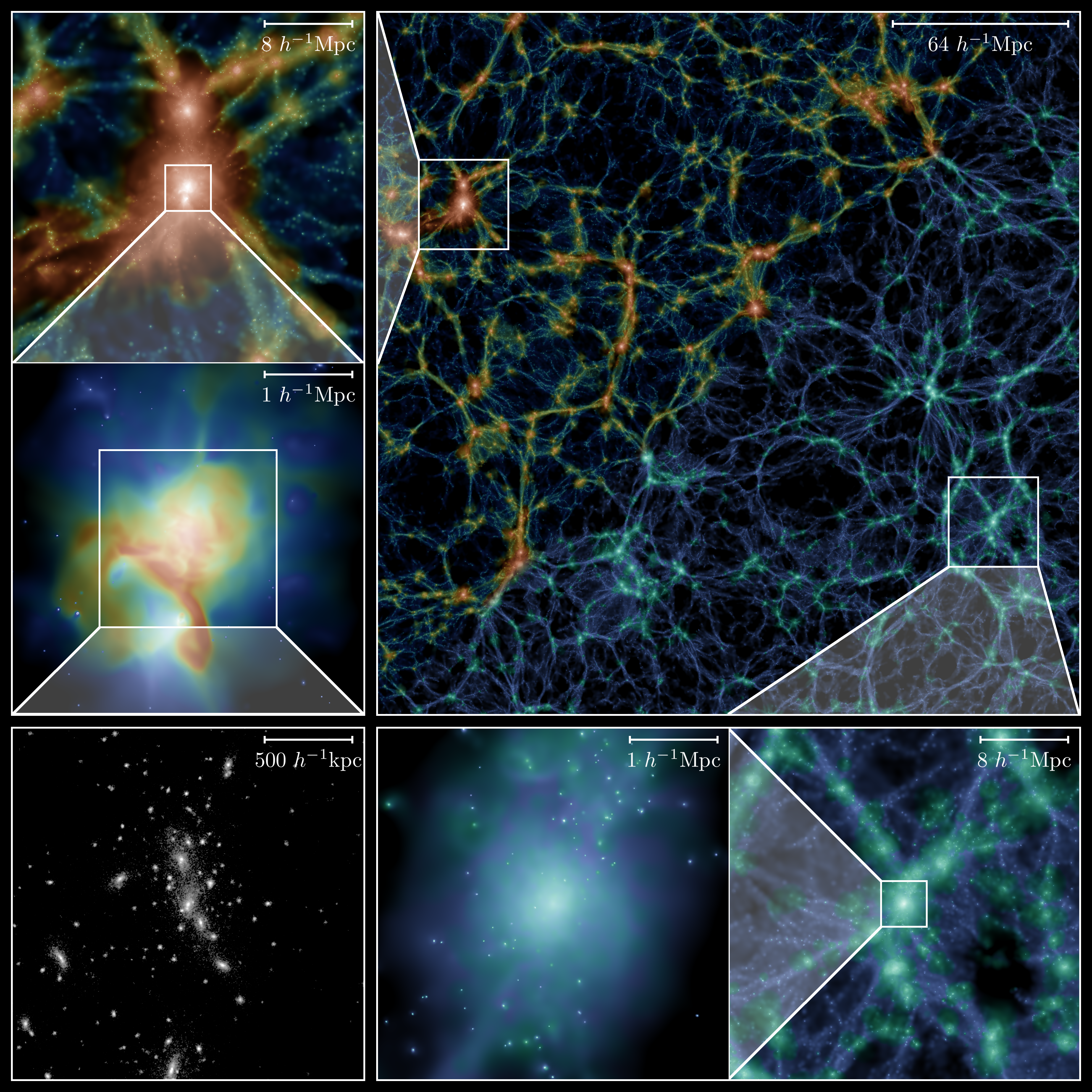
From: Modeling Galaxy Formation in Cosmological Simulations with CRK-HACC

From: Multi-stream portrait of the Cosmic web
11 Publications 9 Figures Available
Scientific Emulation, Inference & Uncertainty Quantification
This research advances scientific emulation, inference, and uncertainty quantification across diverse fields. Core methods involve developing efficient machine learning and neural network-based surrogate models, including probabilistic neural networks and Gaussian process emulators, to approximate complex physical simulations in cosmology, fluid dynamics, and astrophysics. These emulators enable robust parameter inference for tasks like weak lensing cluster mass estimation, large-scale structure predictions, and probabilistic redshift determination, drastically reducing computational expense. A primary emphasis is on comprehensive uncertainty quantification, critical for generating reliable predictions, quantifying model error, and ensuring interpretability in AI applications for high energy physics. The impact spans improved cosmological constraints, accelerated fluid flow analysis, and enhanced understanding of modified gravity theories.
Learn more about this research →
Learn more about this research →

From: Matter Power Spectrum Emulator for f(R) Modified Gravity Cosmologies

From: Probabilistic neural networks for fluid flow surrogate modeling and data recovery

From: Latent-space time evolution of non-intrusive reduced-order models using Gaussian process emulation
8 Publications 7 Figures Available
